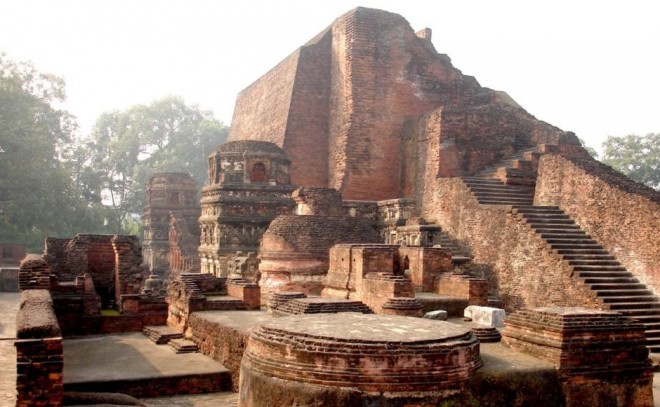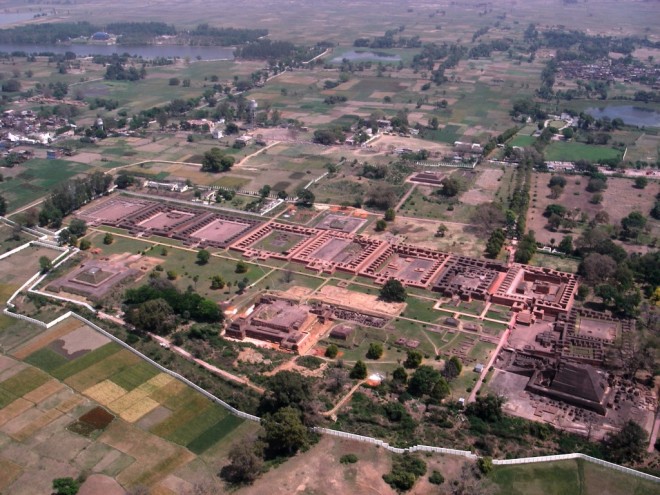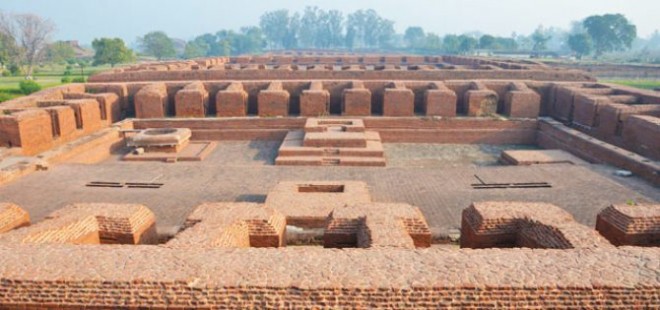Nālandā University revived after 800 years
Nālandā University revived after 800 years

The most impressive structure among the ruins of Nālandā is the former library building – reputedly 9-storeys high and containing Buddhist texts in many languages and scripts.
817 years after its appalling destruction in 1197 CE, the ancient university of ‘Nālandā’ has been revived when classes started yesterday in Rajgir, Bihar State, India. The latest incarnation of ‘Nālandā University’ opened with a low-key ceremony. With only 15 students and a few faculty members, it has a lot more growth to achieve to even come close to its heydays 1,300 years ago, where an estimated 10,000 students and 2,000 teachers came from every corner of Asia to acquire knowledge and wisdom at the world’s premier university!
The original ‘Nālandā Māha Vihāra’ and its associated colleges were established during the Gupta Period in the 5th Century CE. It benefited greatly from centuries of royal patronage across several dynasties, and even received support from Buddhist monarchs outside India.

The ruins of ‘Nālandā Māha Vihāra’ and its colleges cover 14 hectares. In its prime, the institution covered a few hundred hectares, with its towering stupas, temples, monasteries, meditation halls, libraries, parks, and reservoirs.


